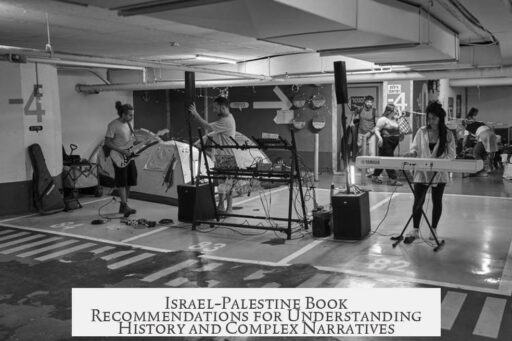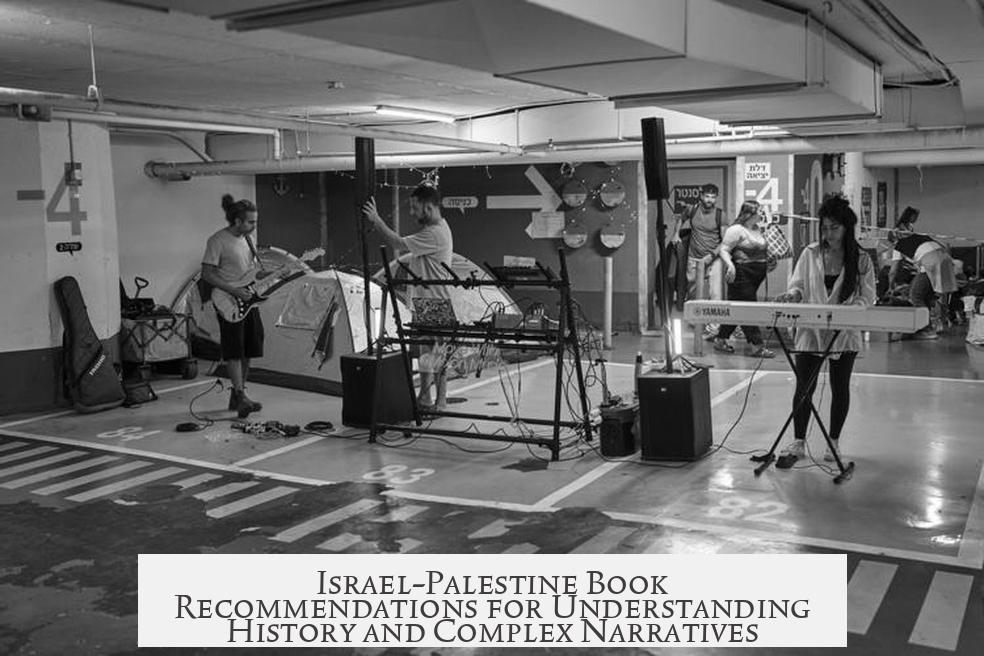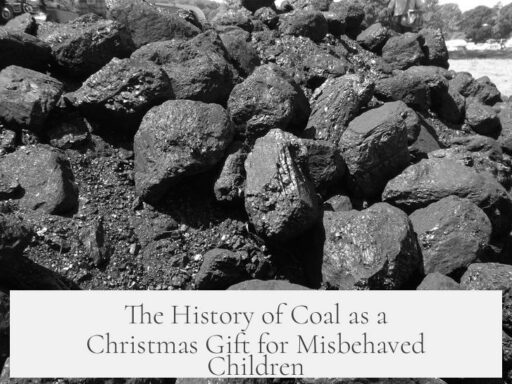For readers seeking well-rounded, historically informed insights on the Israel-Palestine conflict, several authoritative books stand out. The curated selections provide balanced perspectives, parallel narratives, and deep background context suitable for both newcomers and those wishing to deepen their understanding.
One of the most recommended starting points is Side by Side: Parallel Histories of Israel-Palestine, edited by Adwan, Bar-On, and Naveh (2012). This book presents two parallel historical narratives—Palestinian and Israeli—side by side on facing pages. It emerged from a reconciliation and educational project involving high school teachers from both Israel and Palestine, aimed at mutually understanding each side’s narrative framing.
This dual approach allows readers to immediately compare and contrast how each group recounts key events, highlighting omissions, emphases, and interpretations unique to each perspective. Both teams reviewed the other side’s narrative as it was developed, fostering a nuanced presentation of their “best case.” For those seeking an introductory yet complex view that respects both histories, this work is invaluable.
- Side by Side offers insight into the construction of national memories and identity.
- It avoids a single-sided historical view, favoring comparative understanding.
- It is grounded in educational frameworks and peace-building efforts.
Other books with similar goals of balanced dialogue include:
- Contested Histories: The Israel Palestine Conflict (2nd ed., 2019) by Neil Caplan. This book carefully navigates contested narratives and historiography.
- Shared Histories: A Palestinian-Israeli Dialogue (2016) by Pogrund, Salem, and Scham. It features firsthand accounts and a cooperative exploration of conflict history.
- Israeli and Palestinian Narratives of Conflict: History’s Double Helix (2006) by Robert I. Rotberg. This work analyzes intertwined historical accounts of the conflict.
While these books provide balanced angles, they are not necessarily definitive or exhaustive. Readers seeking a more comprehensive background on key historical phases will benefit from works that focus on important events and broader context.
The following background-history books are well-regarded for scholarly depth:
- The War for Palestine: Rewriting the History of 1948 (2nd ed., Cambridge University Press, 2007), edited by Eugene L. Rogan and Avi Shlaim. This collection revisits the critical year of 1948, exploring contested perspectives on the war and the emergence of the state of Israel.
- One Palestine Complete: Jews and Arabs under the British Mandate (2000) by Tom Segev, translated by Haim Watzman. Segev offers a detailed narrative of life and politics in Palestine under British rule, setting the stage for later conflict.
These books enrich understanding by placing the conflict within colonial mandates, war, and evolving political realities.
For those wanting a concise, accessible overview, the Very Short Introductions series by Oxford University Press includes The Palestinian-Israeli Conflict: A Very Short Introduction (2013). It summarizes the main events, themes, and historiographical debates while inviting further exploration.
In addition to books, an academic resource titled A Critical Survey of Textbooks on the Arab-Israeli and Israeli-Palestinian Conflict offers a detailed critique of the biases and strengths found within various educational materials. Hosted by the Dayan Center (https://dayan.org/content/critical-survey-textbooks-arab-israeli-and-israeli-palestinian-conflict), it assists readers and educators in selecting balanced or complementary texts while understanding the inherent limitations of each.
| Book | Focus | Notable Features |
|---|---|---|
| Side by Side: Parallel Histories of Israel-Palestine | Dual Israeli and Palestinian narratives | Educational project, direct narrative comparison |
| The War for Palestine | 1948 conflict and historical revision | Scholarly essays, broad perspectives |
| One Palestine Complete | British Mandate era in Palestine | Detailed historical narrative |
| The Palestinian-Israeli Conflict: A Very Short Introduction | Overview of conflict history and themes | Concise, accessible synthesis |
Readers seeking specialist-level knowledge and balanced viewpoints will find these titles highly valuable. The parallel narrative approach of Side by Side complements deeper, event-focused works by Rogan, Shlaim, and Segev.
Consider supplementing book reading with critical surveys of educational materials to understand historiographical debates and narrative biases more fully. This can aid in discerning nuanced historical truths amid competing national stories.
- Side by Side offers comparative parallel histories directly from Palestinian and Israeli educators.
- The War for Palestine and One Palestine Complete provide context on key periods shaping the conflict.
- Very Short Introduction delivers a brief, reliable primer.
- Use the textbook survey to navigate biases and select balanced resources.
Any Israel-Palestine Book Recommendations? A Balanced Dive into History and Narratives
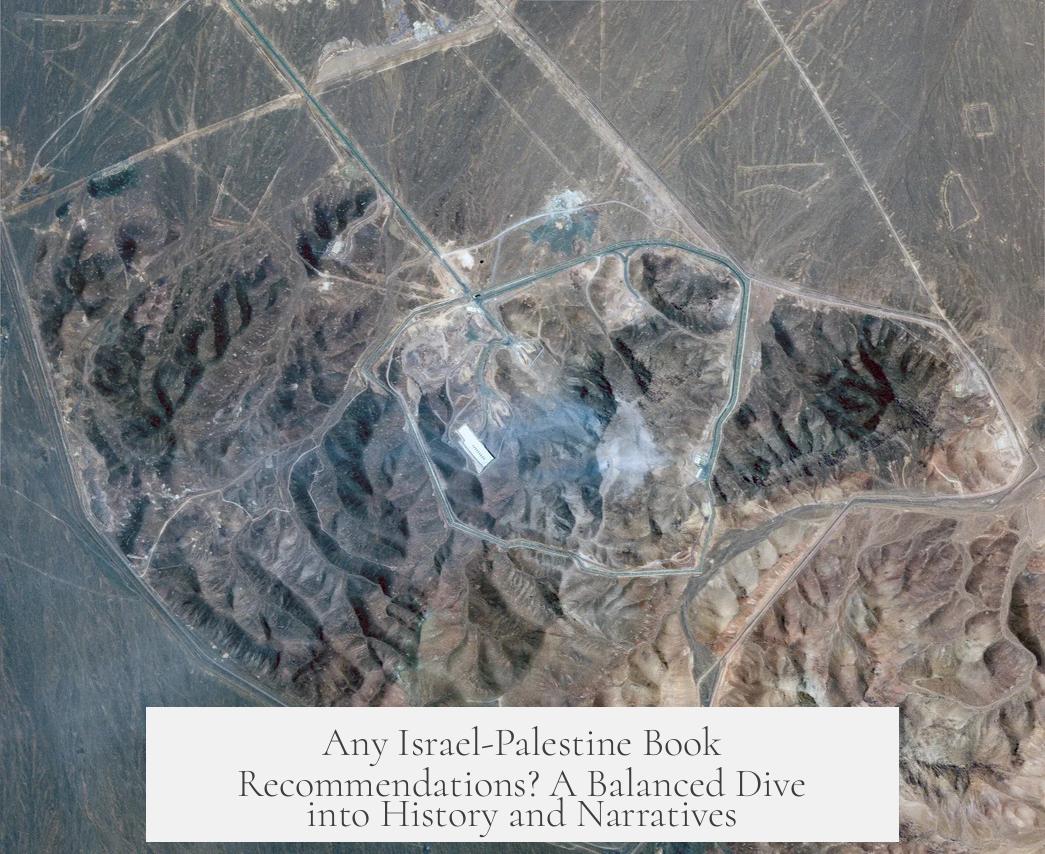
Looking for solid Israel-Palestine book recommendations? Your best bet starts with books that deliver balanced perspectives backed by expert knowledge. But why settle for just one narrative when you have reads that literally stack the Palestinian and Israeli viewpoints side-by-side? Let’s unpack some invaluable books that bring clarity and depth without losing nuance.
Ever wonder why many discussions around Israel and Palestine can feel like shouting matches with no middle ground? A few well-crafted books strive to change that by presenting history from both sides, recognizing that neither side’s story is the whole story.
The Gem of Parallel Narratives: Side by Side: Parallel Histories of Israel-Palestine
Picture this: open this book and on the left side sits the Palestinian narrative, on the right, the Israeli one. This is Side by Side: Parallel Histories of Israel-Palestine (2012), edited by Adwan, Bar-On, and Naveh. It was created by high school teachers from both communities who collaborated not just to educate but to foster reconciliation.
Why is this valuable? Because it’s not an “us vs. them” history but an invitation to peer into the stories that shape identities on both sides. Each team had insight into the other’s narrative development, allowing honest, well-informed presentations of their perspectives.
For newcomers and seasoned readers alike, this book offers a unique way to compare what each side highlights, stresses, or omits. It’s not just a history book; it’s a mirror held up to competing memories and myths. A true historian would nod approvingly at this approach—it’s rigorous and acknowledges complexity.
Other Worthy Reads That Respect Complexity
- Contested Histories: The Israel Palestine Conflict by Neil Caplan (2019, 2nd ed.) – A solid survey of the evolving narratives. Caplan’s work shines in explaining the shifts in historical memory and political perspectives.
- Shared Histories: A Palestinian-Israeli Dialogue by Pogrund, Salem, & Scham (2016) – This book features conversations that humanize both sides, making it a must for those seeking insight into coexistence efforts.
- Israeli And Palestinian Narratives of Conflict: History’s Double Helix by Rotberg (2006) – Delves into the intertwined nature of these narratives. The “double helix” metaphor highlights how tightly wound these stories are.
These books represent some of the most balanced literature available. If you’re tired of biased takes or one-dimensional histories, these are your go-to sources.
Digging Deeper into Context: Books for Background and Historical Detail
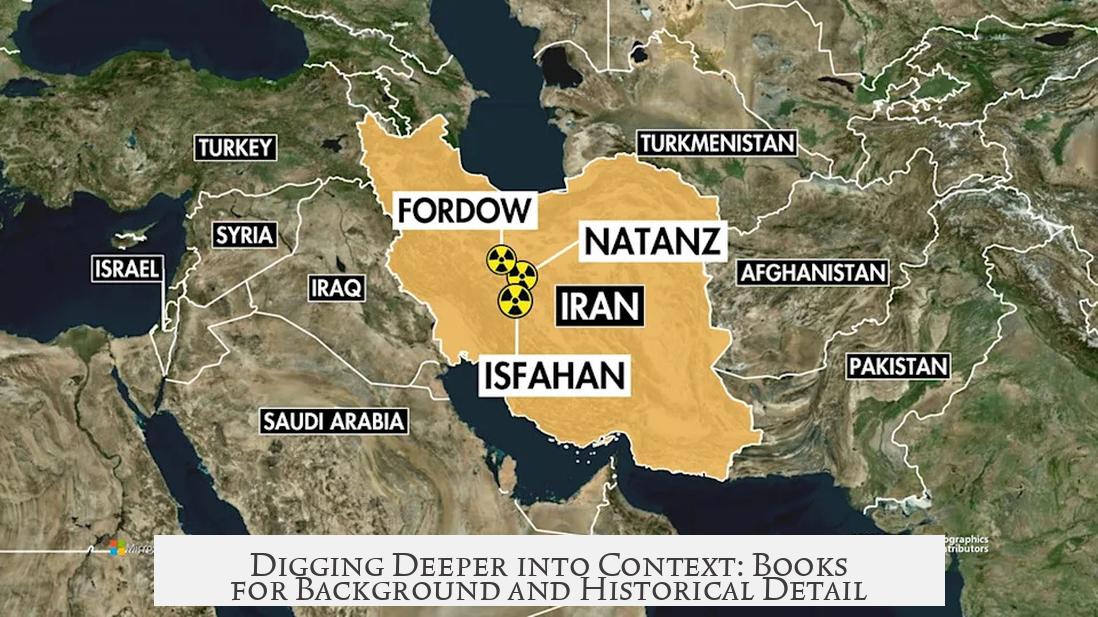
Understanding the Israel-Palestine conflict requires grasping the historical context behind the headlines. Two highly recommended works serve this purpose:
- The War for Palestine: Rewriting the History of 1948, edited by Eugene L. Rogan & Avi Shlaim (2007) – Designated as a rewriting, this collection challenges traditional myths about the 1948 war with credible scholarship. It’s perfect for readers who want the foundational crisis explained with new perspectives.
- One Palestine Complete: Jews and Arabs under the British Mandate by Tom Segev (2000) – This book shines light on the turbulent period between the World Wars and the buildup to Israel’s creation. It’s engaging, detailed, and paints a vivid picture of life under British control for both Arabs and Jews.
Both books come from respected historians and publishers, so you know you’re getting rigor, not mere opinion.
Trying to Pick a Textbook? Consult the Critical Survey
If you’re diving into academic or educational material, check out A Critical Survey of Textbooks on the Arab-Israeli and Israeli-Palestinian Conflict. This document provides an exhaustive review of common textbooks, detailing their biases, strengths, and weaknesses. Handy, right?
Why does it matter? Picking a book isn’t as simple as grabbing the first one you find. This survey helps you understand which books lean which way and where balance or gaps exist. With that knowledge, you can select or combine materials to get a richer, fuller understanding.
For Quick but Insightful Background: The Very Short Introduction Series
Sometimes you want a rapid yet decent overview. The Oxford University Press series offers The Palestinian-Israeli Conflict: A Very Short Introduction (2013), which is a straightforward entry point into the conflict. Ideal if your reading time is limited but you need clear basics from a trusted source.
Why Balance Matters (Even If It’s Messy)
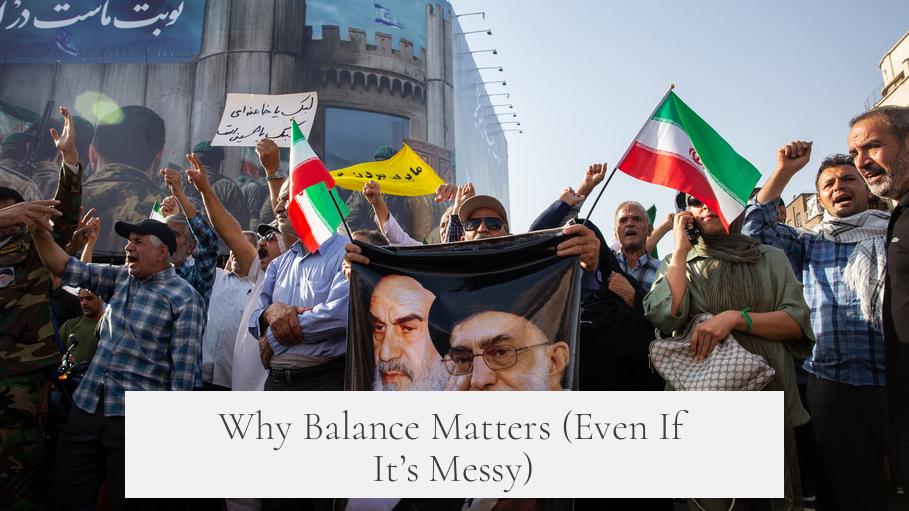
Balance doesn’t mean “both sides are equally right or wrong.” It means understanding narratives, claims, and emotions from each perspective. The recommendations above are about balance. While some critics scoff at “balanced” readings as false equivalence, these books do more—they enable readers to engage critically with complex histories, avoiding simplifications that often fuel conflict.
Ever thought: How can two groups see the same event so differently? These books provide answers grounded in genuine scholarship. They help readers become informed thinkers, not just opinion parrots.
Practical Tips for Engaging with Israel-Palestine Books:
- Read with curiosity, not judgment. Remember, narratives tell us as much about identity and memory as about facts.
- Use multiple sources. No single book captures everything. Cross-reference to build a fuller picture.
- Look for transparency in authorship. Books credited to historians or involved educators usually have strong research and editorial standards.
- Don’t ignore literature’s role in conflict resolution. Books like Side by Side demonstrate how education can foster empathy and dialogue.
In summary, if you are tackling the Israel-Palestine topic, don’t settle for simplistic takes. Start with parallel histories like Side by Side, resume with background classics like The War for Palestine and One Palestine Complete, and consider academic surveys to guide your choices.
Ultimately, understanding this conflict through well-chosen books empowers you to approach discussions with nuance and respect, rather than confusion or bias. So grab a book, get comfortable, and prepare to rethink everything you thought you knew.
What makes “Side by Side: Parallel Histories of Israel-Palestine” unique among Israel-Palestine books?
This book shows two narratives side by side, one Palestinian and one Israeli. It was made by high school teachers from both groups. Readers can see how each side highlights or omits parts of history.
Are there other books that offer balanced views of the Israel-Palestine conflict?
Yes, books like “Contested Histories” by Caplan, “Shared Histories” by Pogrund, Salem, and Scham, and Rotberg’s “Israeli And Palestinian Narratives of Conflict” aim to provide balanced perspectives.
Which books provide solid historical background on the Israel-Palestine conflict?
“The War for Palestine: Rewriting the History of 1948” edited by Rogan and Shlaim offers detailed history. Also, Tom Segev’s “One Palestine Complete” looks at Jews and Arabs under the British Mandate.
How can I choose the best book on this topic given the biases and perspectives?
Using academic reviews like “A Critical Survey of Textbooks on the Arab-Israeli and Israeli-Palestinian Conflict” can help. This survey explains biases and strengths of key texts, guiding readers to balanced selections.
Is there a short introduction book for beginners on this conflict?
Yes. “The Palestinian-Israeli Conflict: A Very Short Introduction” from the Oxford series offers a concise and accessible start for readers new to the topic.
